The Statue of Liberty is an iconic symbol of freedom, but its creation is full of unexpected details. From its origins in France to the complex engineering behind its design, there’s more to this monument than meets the eye. Understanding these hidden stories offers a fresh perspective on this cherished landmark. Dive into these surprising insights that reveal the true marvel behind Lady Liberty.
The Statue Was Originally Designed as an Egyptian Peasant
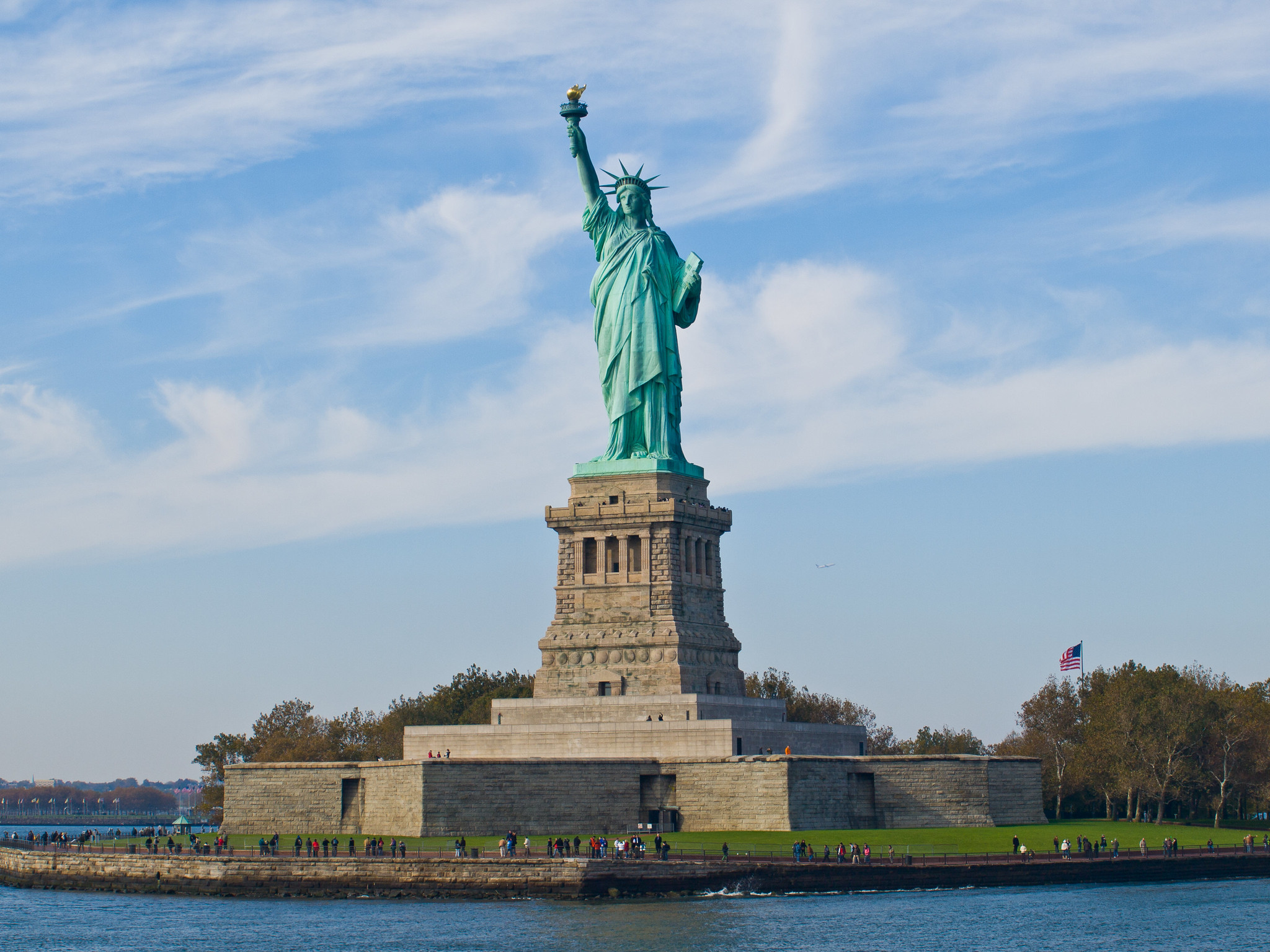
The Statue of Liberty wasn’t initially intended for New York Harbor. The French sculptor Frédéric Auguste Bartholdi first envisioned a massive figure representing an Egyptian peasant to stand at the entrance of the Suez Canal. When that project fell through, Bartholdi adapted his design into the statue we know today. The transformation from an Egyptian concept to the Statue of Liberty is one of the more fascinating twists in its history.
It Was a Gift With Political Intentions

The statue was a gift from France, but it wasn’t purely a gesture of friendship. It was also intended to strengthen the ties between the two nations and promote democracy. At the time, France was experiencing its own political challenges, and the statue symbolized a shared commitment to liberty. The gift was as much about political solidarity as it was about celebrating freedom.
Fundraising for the Pedestal Was a Struggle
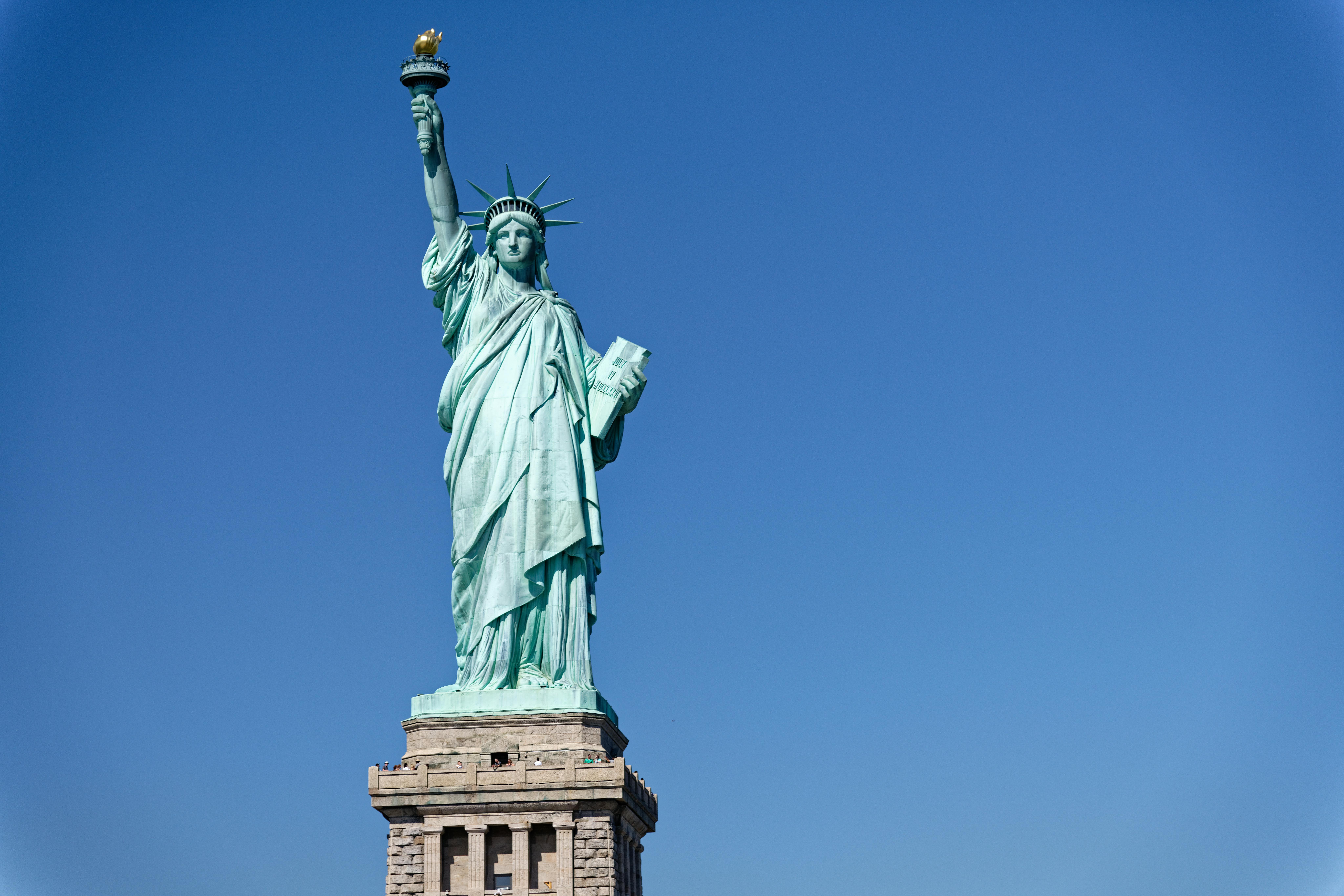
While the statue itself was funded by the French, raising money for the pedestal in America was a significant challenge. Joseph Pulitzer, a newspaper publisher, played a crucial role by encouraging public donations through his newspaper, The World. His efforts helped galvanize the public, with thousands of small contributions from across the country making the pedestal possible. This grassroots fundraising effort was a testament to the statue’s symbolic importance to ordinary Americans.
The Statue Was Assembled in Paris Before Coming to America
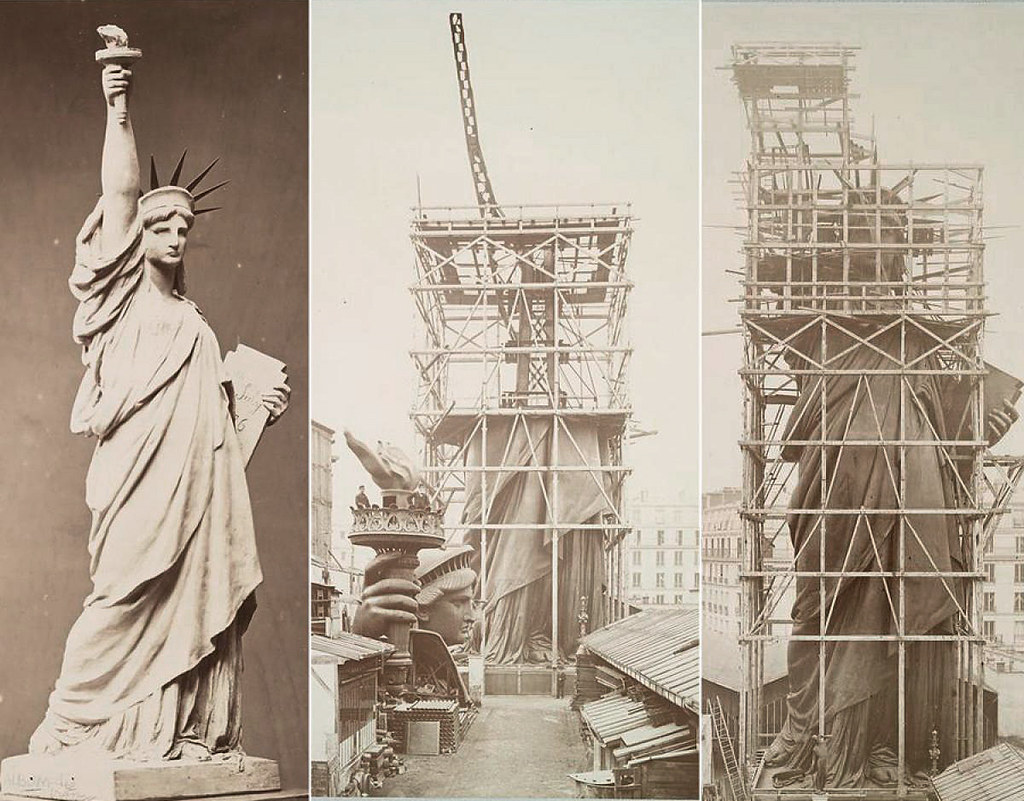
Before the Statue of Liberty was shipped to the United States, it was fully assembled in Paris. This assembly allowed Bartholdi to ensure that all parts fit together perfectly. After the test assembly, the statue was dismantled into 350 pieces and packed into 214 crates for its journey across the Atlantic. The statue’s trial run in Paris is a little-known part of its construction story.
Lady Liberty’s Crown Represents More Than Just Freedom
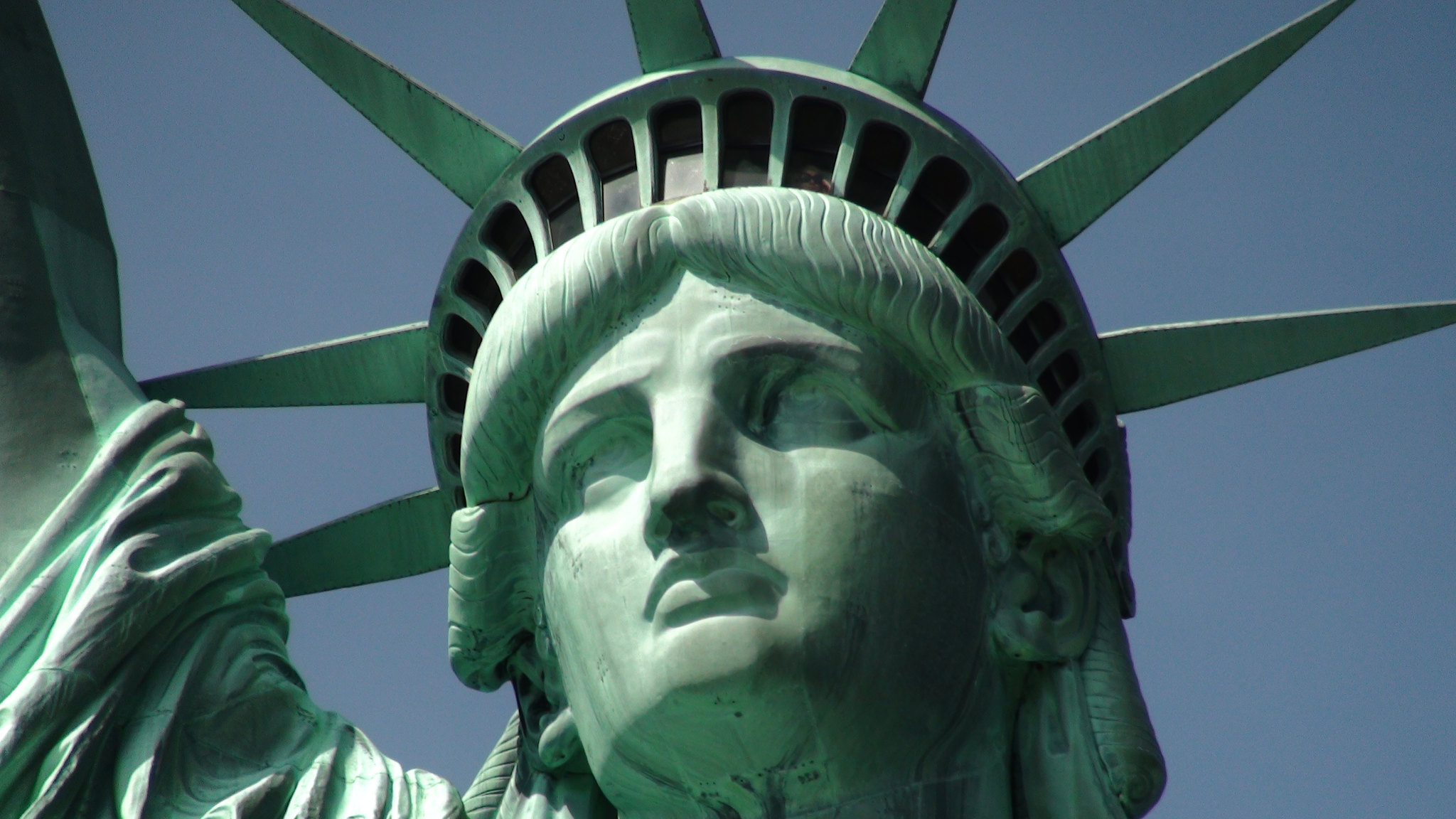
The seven spikes on the Statue of Liberty’s crown are not just decorative. They symbolize the seven seas and seven continents, highlighting the universal concept of liberty. This design choice was intentional, aiming to position the statue as a beacon of freedom for the entire world. The crown’s symbolism connects the statue to a broader global context.
The Statue Was Originally a Copper Color
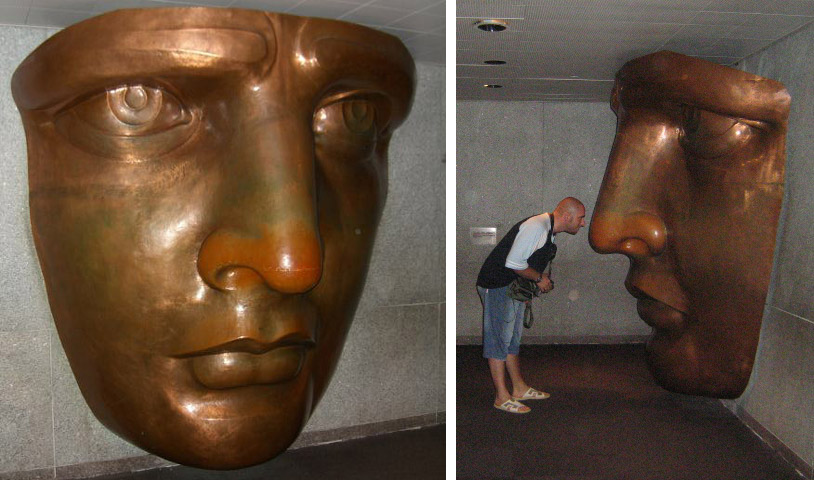
When the Statue of Liberty was first erected, it was not the green color we recognize today. The statue was made of copper and had a bright, shiny appearance. Over time, the copper oxidized, turning into the green patina that has become one of the statue’s defining features. This color change took about 20 years and was not originally part of the design.
The Torch Was Redesigned Multiple Times
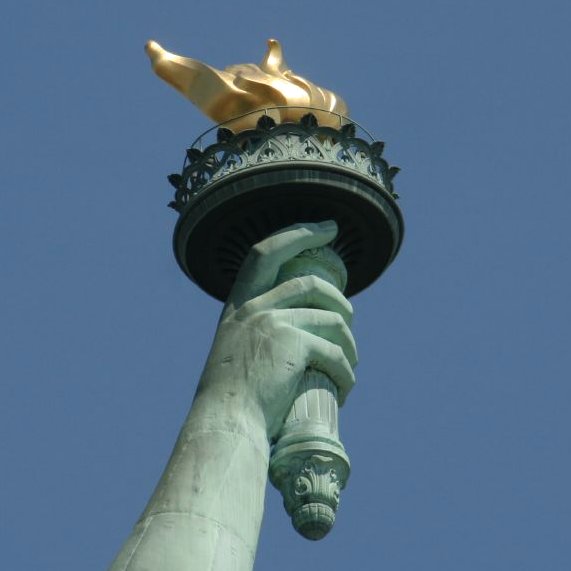
The original torch of the Statue of Liberty was made of copper and had windows to allow light to shine out. However, it leaked water and was prone to damage, leading to multiple redesigns. In 1984, the torch was replaced entirely with a new one covered in gold leaf. The current torch is more durable and shines brighter than the original.
The Statue Was Nearly Rejected by America
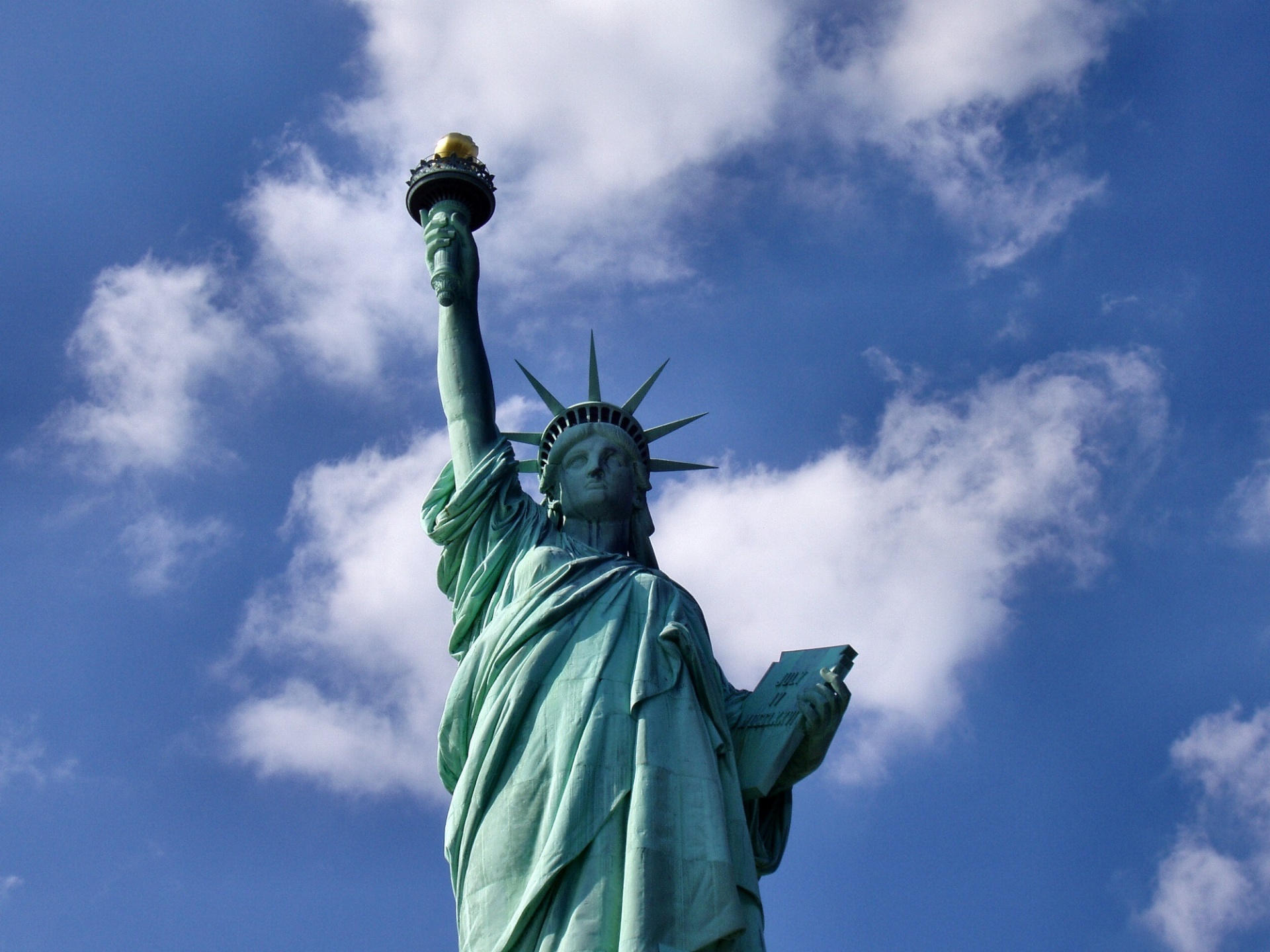
When the Statue of Liberty was offered to the United States, not everyone was enthusiastic about accepting it. There was significant public and political debate about the cost of erecting the statue and whether it was even necessary. Some critics saw it as an unwanted gift that would be too expensive to maintain. Despite these concerns, the statue was ultimately accepted and has since become a beloved symbol.
Bartholdi Used His Mother as a Model
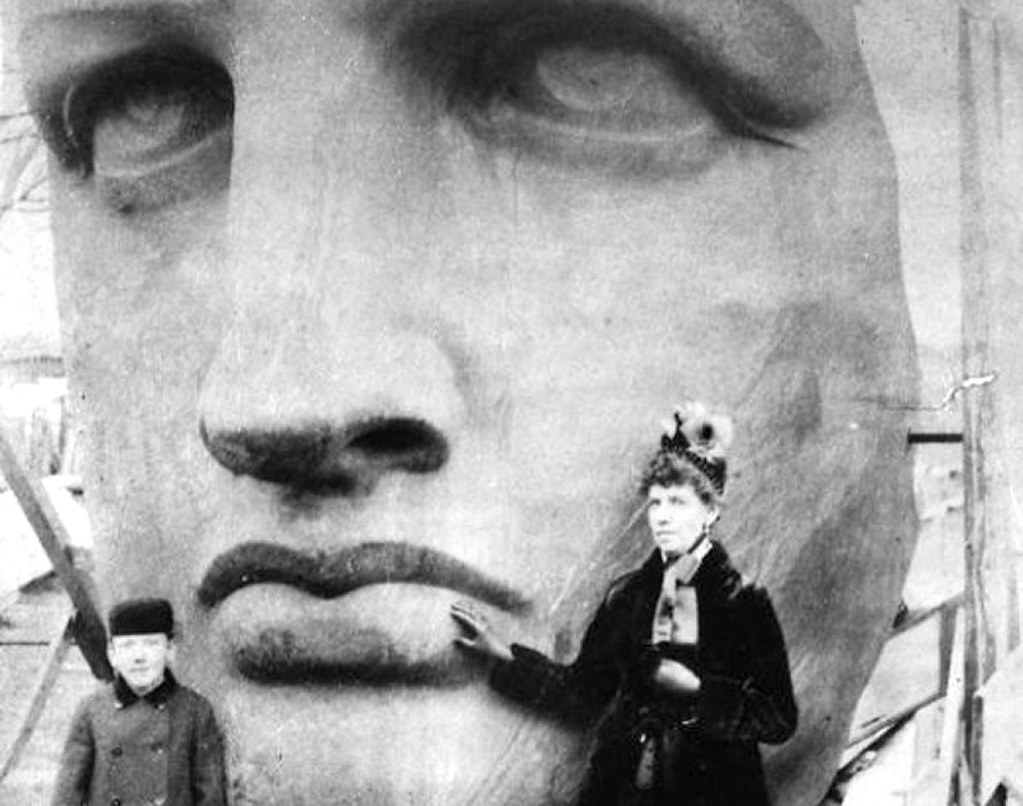
Frédéric Auguste Bartholdi reportedly used his own mother as the model for Lady Liberty’s face. Bartholdi was deeply devoted to his mother, and her strong features inspired the statue’s serene expression. While the body was modeled after classical representations of liberty, the face’s inspiration is much more personal. This personal touch adds an intimate layer to the statue’s creation.
The Statue’s Feet Are in Motion
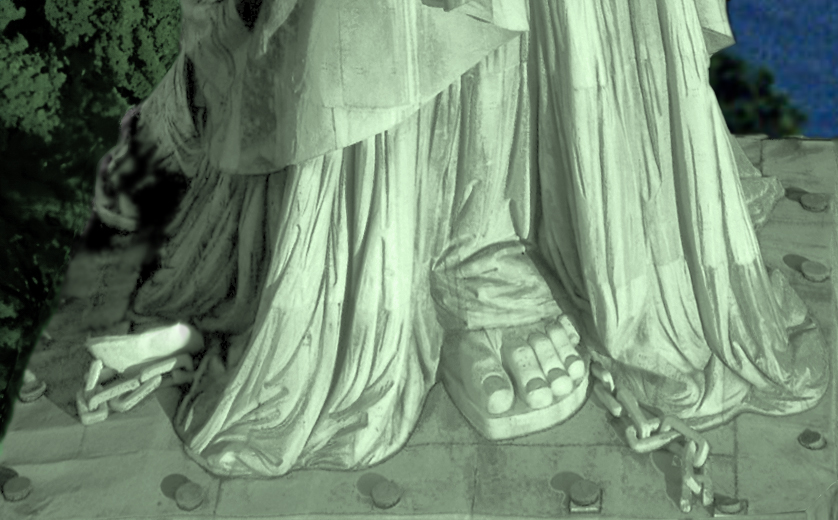
One of the subtle details of the Statue of Liberty is that her right foot is lifted, suggesting she is in motion. This design choice symbolizes moving forward and breaking free from oppression. The broken chains at her feet reinforce this idea of liberty overcoming tyranny. The statue’s dynamic stance is a powerful representation of freedom in action.
It’s Not Just a Statue—It’s a Lighthouse
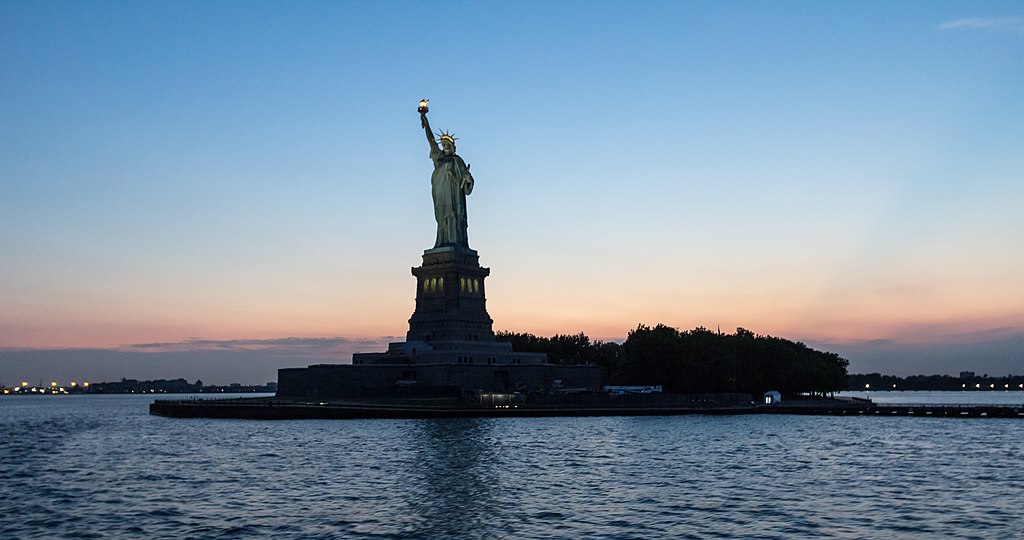
The Statue of Liberty functioned as a lighthouse from 1886 to 1902. The torch was equipped with electric lights to guide ships into New York Harbor. However, it was not particularly effective as a lighthouse due to its low brightness and the mist in the harbor. The statue’s role as a lighthouse, though short-lived, is a surprising aspect of its history.
The Statue Almost Ended Up in Philadelphia
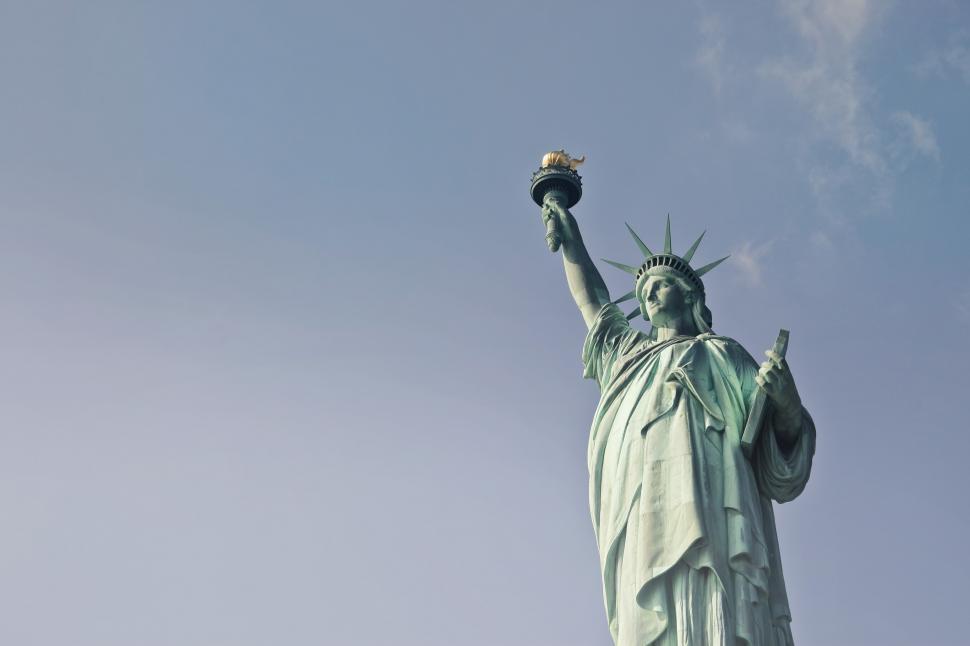
Before New York was chosen as the statue’s home, Philadelphia was a serious contender for its location. Philadelphia was already known as the “City of Brotherly Love” and had a rich history tied to American independence. However, New York’s bustling harbor and its status as a gateway to America ultimately made it the better choice. The decision to place the statue in New York has forever linked the city with the symbol of freedom.
The Statue Has Sustained Damage Over the Years
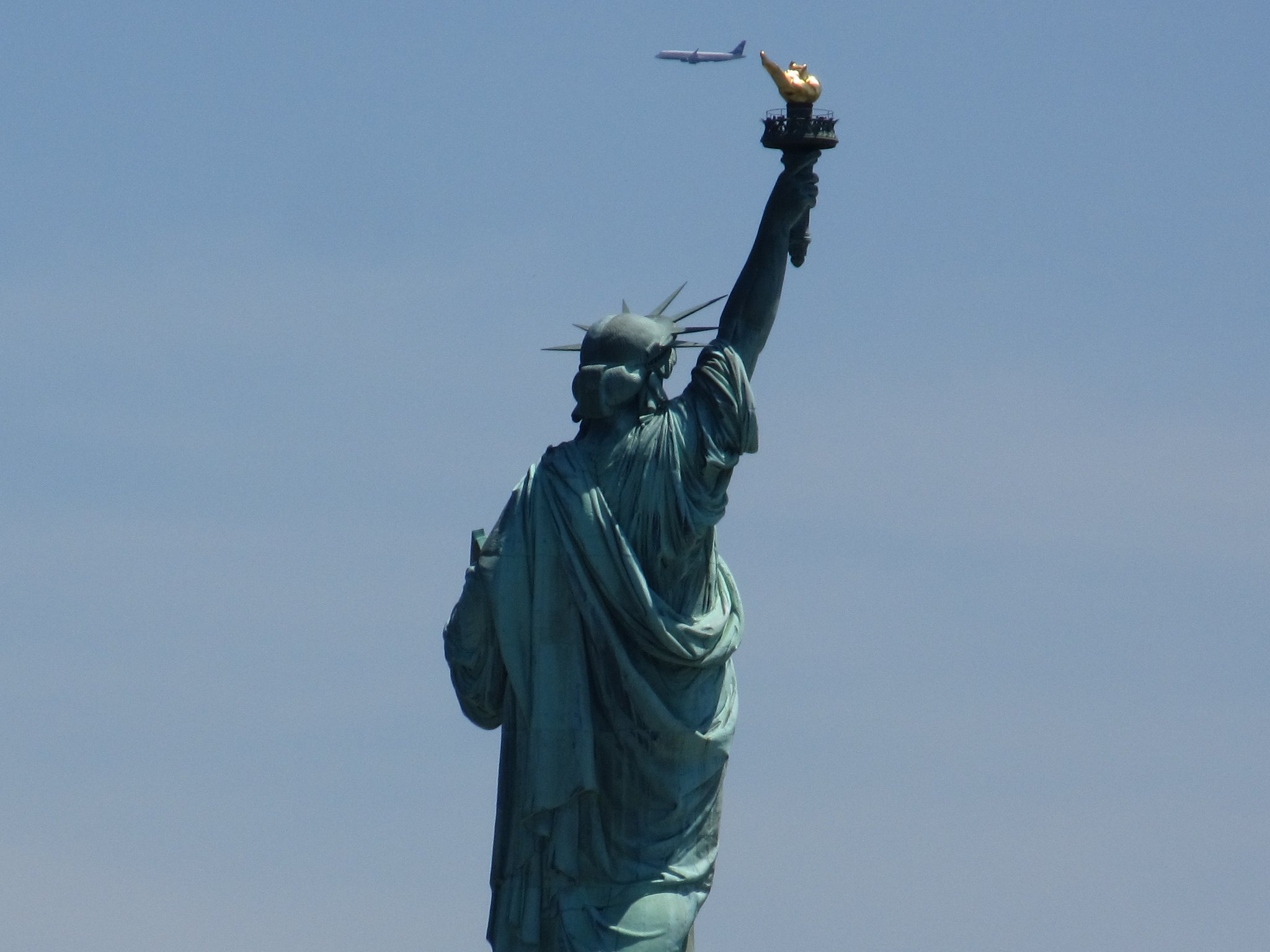
Over the years, the Statue of Liberty has endured damage from weather, pollution, and even acts of vandalism. The most significant damage occurred in 1916 during World War I when a nearby munitions depot exploded, causing damage to the torch and the structure. This event, known as the Black Tom explosion, led to the torch being closed to visitors, a restriction that remains to this day. Despite these challenges, the statue has been meticulously maintained and restored over the years.
It’s Covered in a Thin Layer of Copper
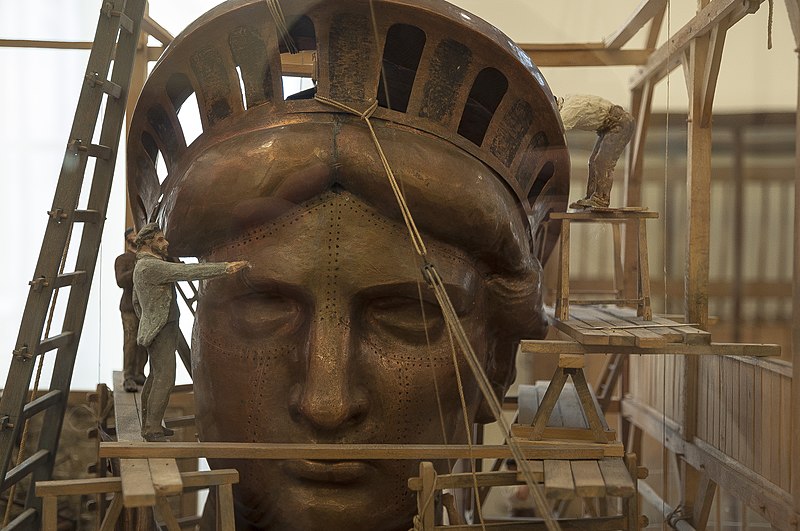
The Statue of Liberty is actually quite thin, covered in only a few sheets of copper. These sheets are only 3/32 of an inch thick, about the same as two pennies stacked together. The copper sheets are supported by an iron framework designed by Gustave Eiffel, the engineer behind the Eiffel Tower. The delicate balance of these materials is what gives the statue its resilience and longevity.
The Statue Was a Revolutionary Engineering Feat
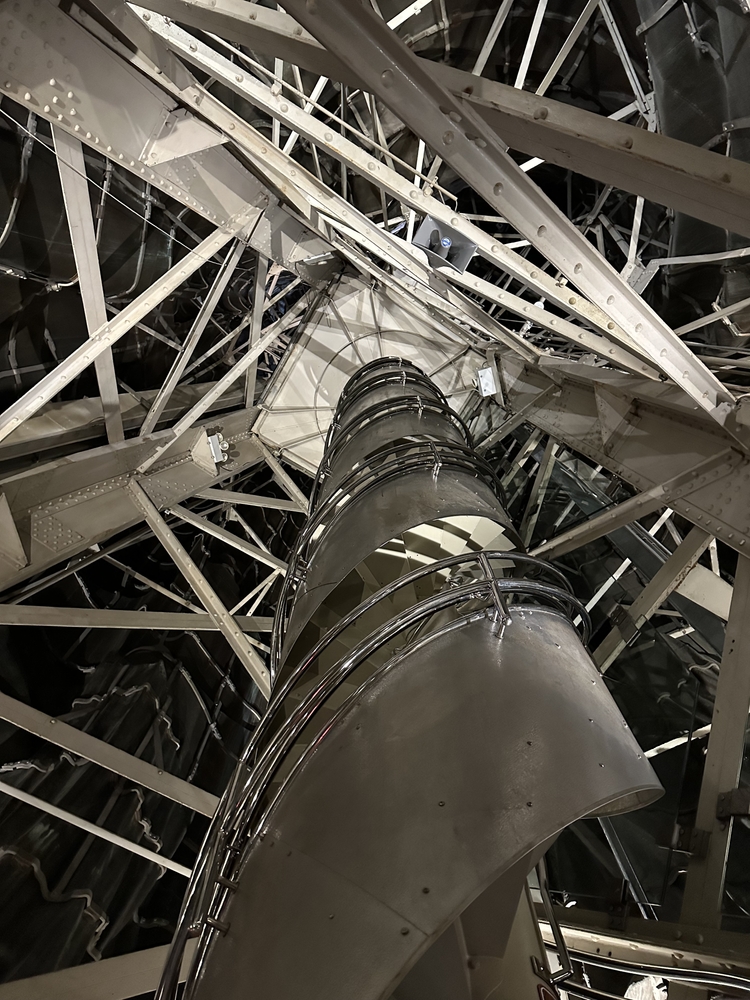
The internal structure of the Statue of Liberty was groundbreaking for its time. Designed by Gustave Eiffel, it featured an iron framework that allowed the statue’s copper skin to move independently in the wind. This design prevented cracking and allowed the statue to withstand the harsh conditions of New York Harbor. The engineering behind the statue was as innovative as the symbol it represents.
It’s Not as Tall as You Might Think
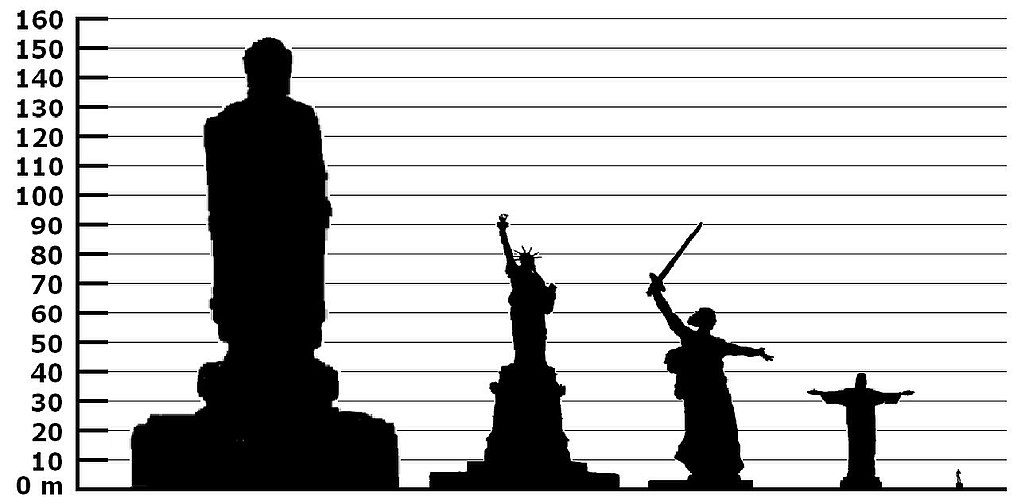
The Statue of Liberty appears towering, but the statue itself is only 151 feet tall. The total height, including the pedestal and foundation, reaches 305 feet. Its imposing presence comes more from its position on Liberty Island and its symbolic significance than from its actual height. This perspective makes its grandeur even more impressive considering its relatively modest dimensions.
The Statue Has Been a Symbol of Protest

Throughout history, the Statue of Liberty has been used as a symbol in various protests. For example, suffragettes rented boats and circled the statue to draw attention to the fight for women’s voting rights. In more recent times, the statue has been used in demonstrations advocating for immigrant rights and against injustice. The statue’s role in activism highlights its enduring relevance as a symbol of freedom and equality.
It Was Built During a Time of American Isolationism
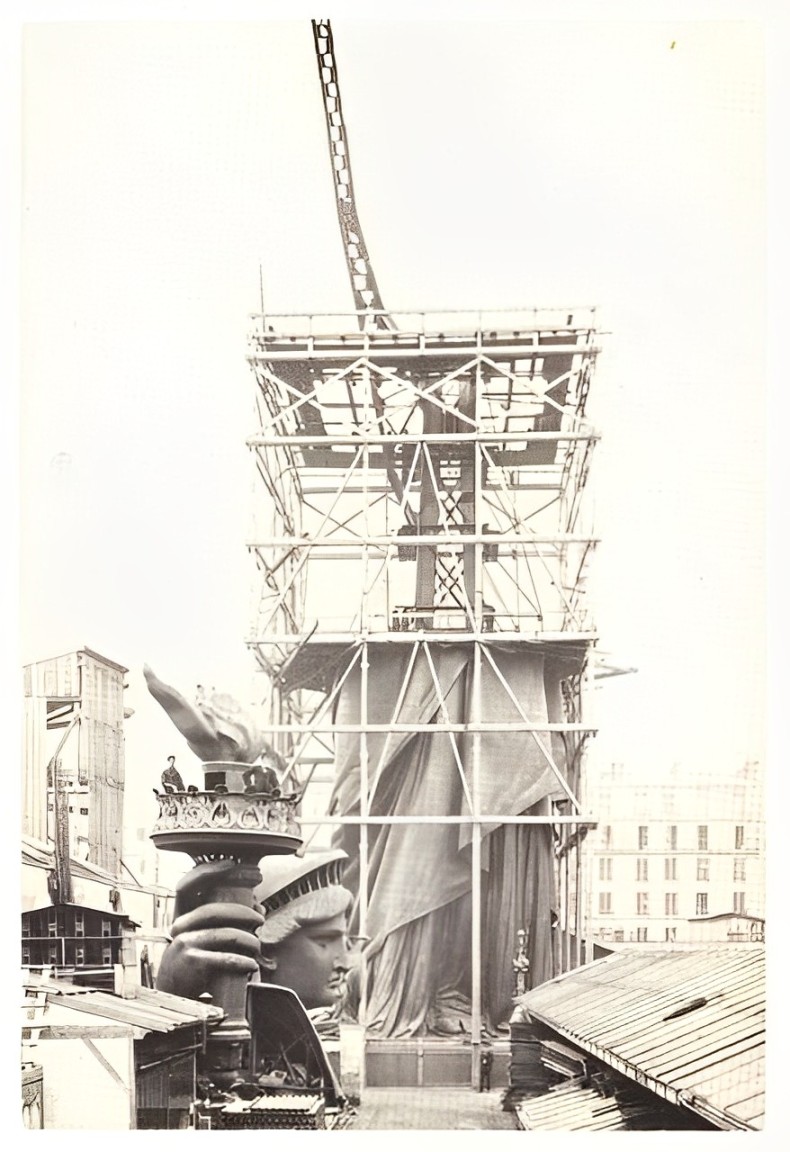
When the Statue of Liberty was conceived, the United States was experiencing a period of isolationism. The statue was a powerful reminder of the ideals of freedom and democracy, even as the country turned inward. Its message was particularly resonant for immigrants arriving in America, offering hope and a sense of belonging. The statue’s presence during this era underscores the tension between America’s ideals and its political realities.
The Torch Is Not the Original
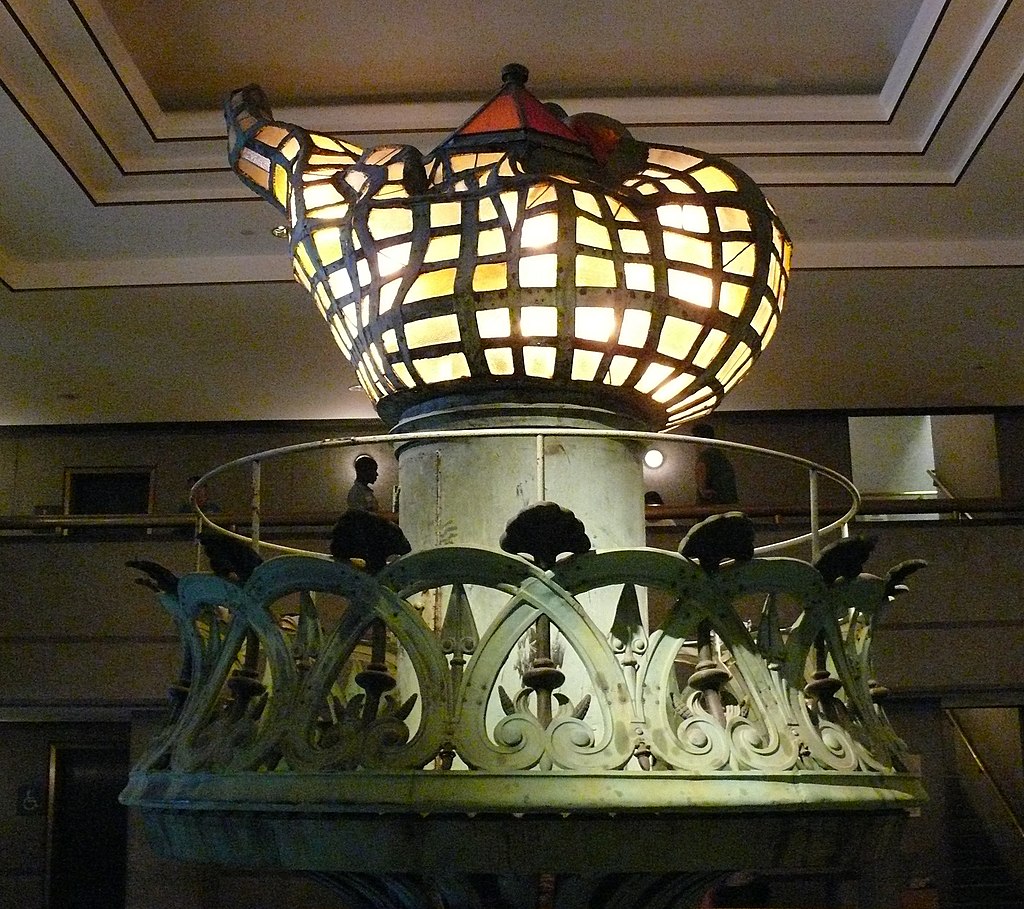
The torch held by the Statue of Liberty today is not the original one installed in 1886. The original was replaced in 1984 due to extensive damage and concerns about safety. The current torch is made of copper and covered in 24-karat gold leaf, making it more durable and visually striking. The replacement of the torch is a reminder of the statue’s ongoing preservation efforts.
Lady Liberty Was a Constant Work in Progress
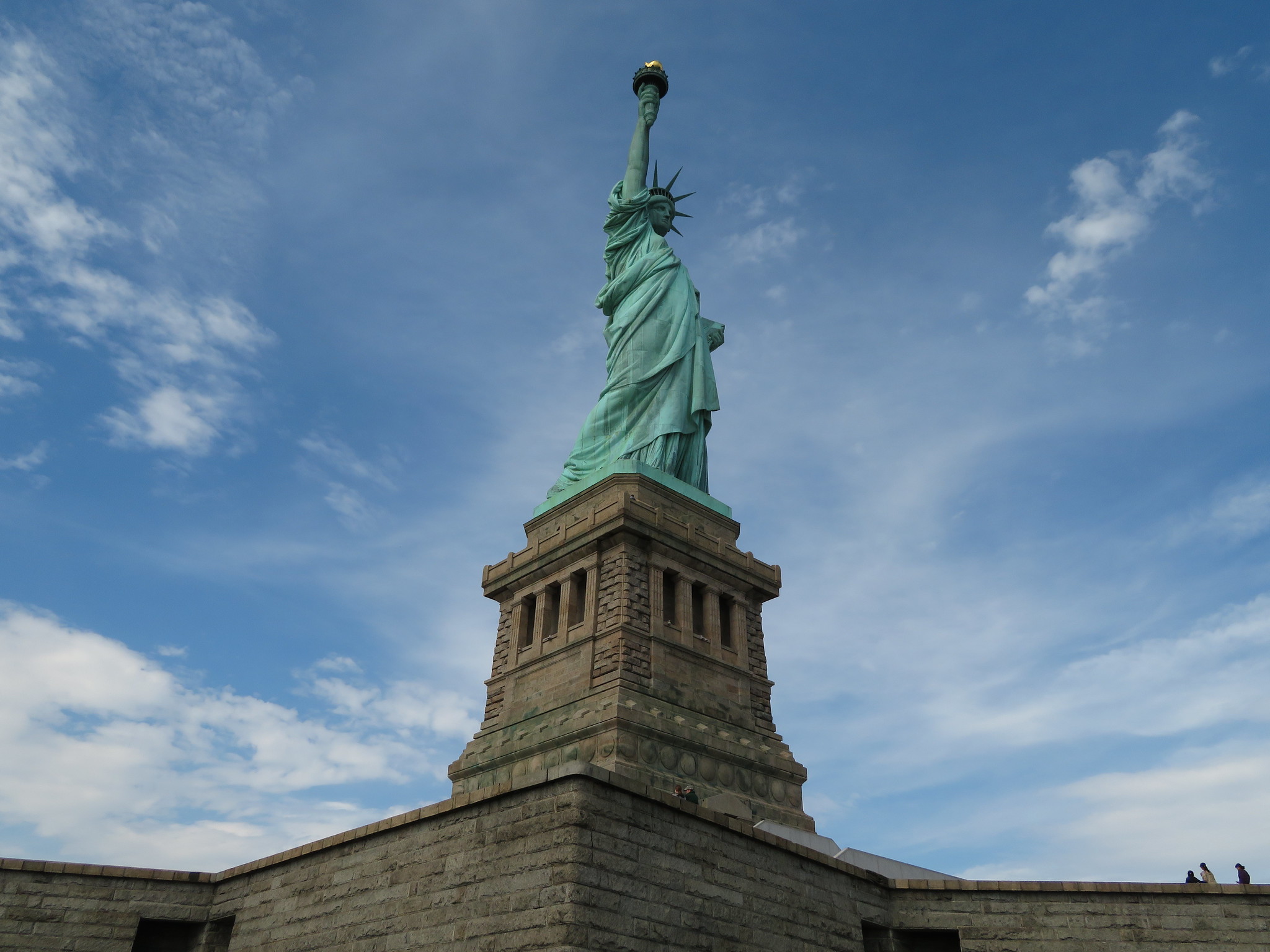
From its initial design as an Egyptian figure to its final form as the Statue of Liberty, the statue was constantly evolving. Bartholdi refined the design over the years, adapting to political and technical challenges. Even after its completion, the statue has undergone numerous restorations and modifications to maintain its appearance. This continuous evolution reflects the dynamic nature of liberty itself.
This article originally appeared on UnifyCosmos.
More from UnifyCosmos
23 Tips for Efficiently Managing Your Finances

Efficiently managing your finances is key to achieving financial stability and peace of mind. Simple strategies can help you track spending, save wisely, and invest for the future. Read More
20 Top Destinations for Paddleboarding in the U.S.

Discover the best paddleboarding spots across the United States. From serene lakes to stunning coastal waters, these top destinations offer breathtaking views and unforgettable experiences. Read More
20 Overlooked Safari Parks in Africa

Discovering Africa’s safari parks often brings to mind iconic destinations like the Serengeti or Kruger National Park. However, the continent is home to many overlooked safari parks that offer unique wildlife experiences, stunning landscapes, and a quieter, more intimate connection with nature. Read More
Leave a Reply